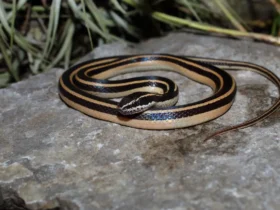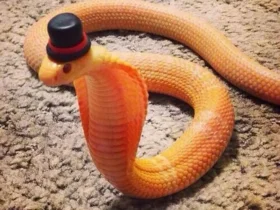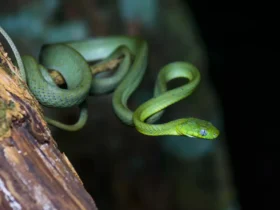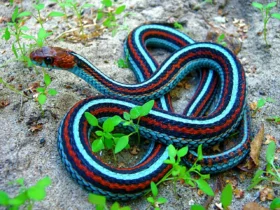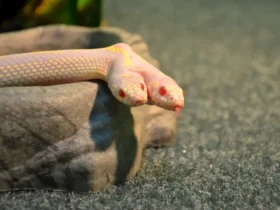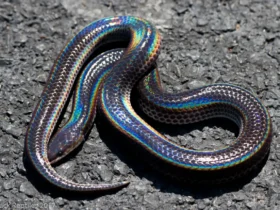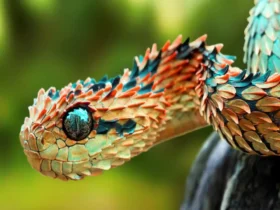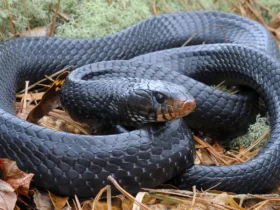Tschudi’s False Coral Snake, scientifically known as Oxyrhopus melanogenys, is a captivating serpent that resides in the enchanting regions of South America. Despite its name, this striking creature is not a true coral snake but instead belongs to the family of colubrid snakes. With its vivid colors and intricate patterns, Tschudi’s False Coral Snake is a fascinating species that has captivated the attention of herpetology enthusiasts worldwide.

Appearance and Identification
One cannot help but be entranced by the mesmerizing appearance of Tschudi’s False Coral Snake. These serpents showcase an array of eye-catching colors, displaying a vivid combination of black, red, and yellow bands along their slender bodies. The bright red head serves as a warning signal to potential predators, as it mimics the appearance of venomous coral snakes found in the same regions. This mimicry is an example of Batesian mimicry, where a harmless species adopts the warning signals of a dangerous one to deter potential threats.
Tschudi’s False Coral Snake can grow up to an average length of 1.2 meters (4 feet). Its body is slender, and the scales are smooth, providing the snake with a graceful and agile movement. The belly is usually a lighter shade, displaying a cream or yellow coloration. Each individual can exhibit slight variations in color patterns, making them even more intriguing to researchers and admirers alike.

Habitat and Distribution
This non-venomous snake species can be found in various countries throughout South America, including Brazil, Bolivia, Paraguay, and Argentina. Tschudi’s False Coral Snake is a versatile species when it comes to its habitat preferences. It is known to inhabit a range of environments, from dense rainforests and savannas to grasslands and even farmlands. However, they are most commonly found in forested areas where they can seek refuge under fallen logs, leaf litter, or rocks.
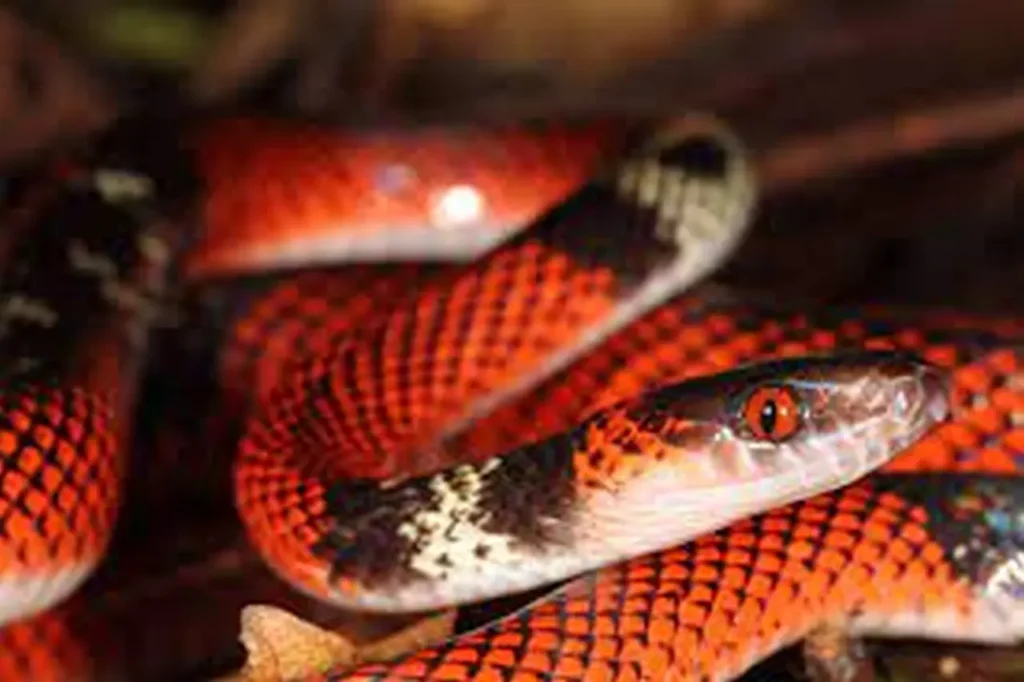
Behavior and Diet
Tschudi’s False Coral Snake is primarily a diurnal species, meaning it is active during the daytime. These snakes are generally docile and non-aggressive, preferring to avoid confrontation rather than engaging in defensive behavior. When threatened, they will often adopt a defensive posture, coiling their bodies and raising their heads in an attempt to appear more formidable. However, their lack of venom renders them harmless to humans and larger predators.
Feeding predominantly on small reptiles, such as lizards and smaller snakes, Tschudi’s False Coral Snake employs a stealthy hunting strategy. Using its keen eyesight, it patiently waits for suitable prey to come within striking distance before launching a swift attack. By immobilizing its prey with constriction, this species subdues its victims and eventually swallows them whole.
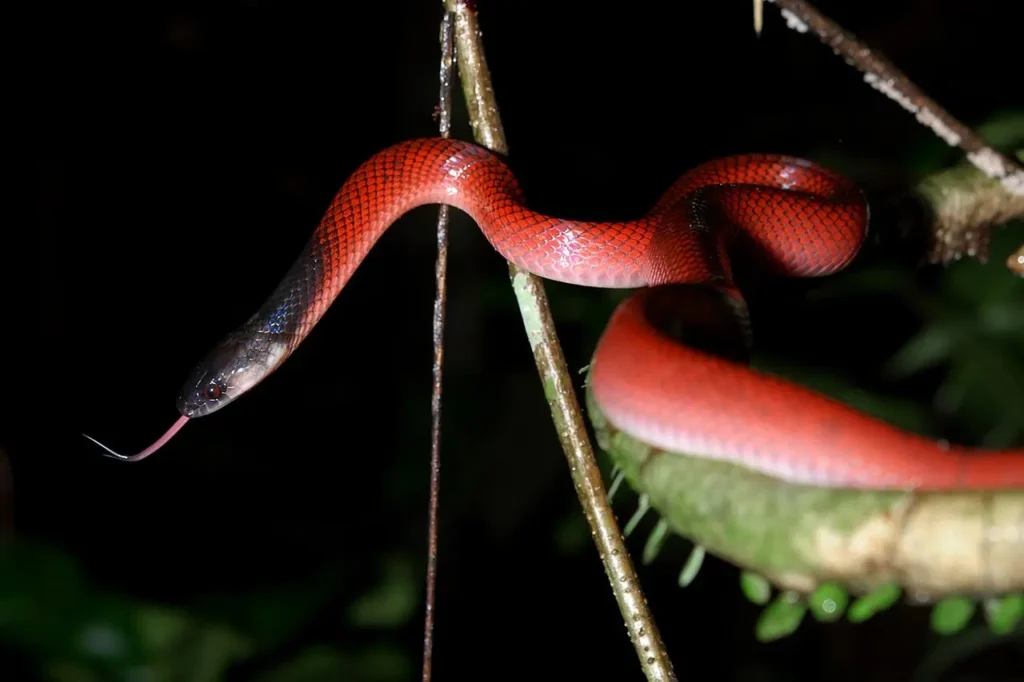
Role in the Ecosystem
As with every creature in the natural world, Tschudi’s False Coral Snake plays a vital role in its ecosystem. By controlling the populations of smaller reptiles, they help maintain a balance in the food chain. Moreover, their vibrant colors and intricate patterns contribute to the biodiversity and visual splendor of their respective habitats.

Final Thought
Tschudi’s False Coral Snake is an alluring serpent that mesmerizes onlookers with its striking appearance. Though it may bear a resemblance to venomous coral snakes, it possesses no venom and poses no threat to humans. Instead, it showcases an intricate mimicry that acts as a deterrent to potential predators. Found in the diverse landscapes of South America, Tschudi’s False Coral Snake serves as a reminder of the marvels of nature and the beauty that lies within its deceptive charms.
